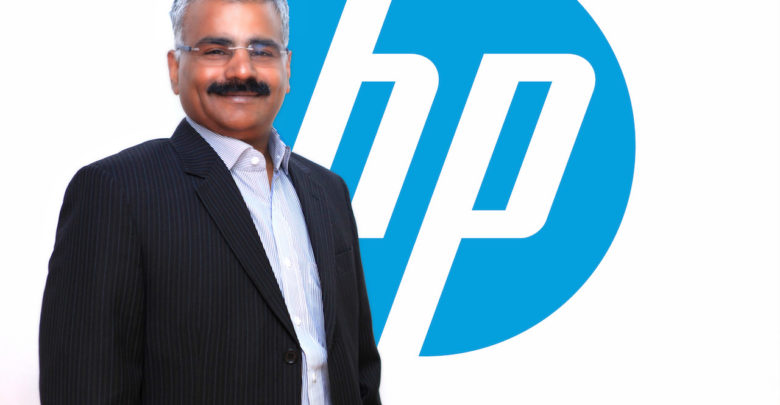Top Tips for Spotting Fake Print Products
By Mathew Thomas, Managing Director, Middle East, Turkey and East Africa, HP

There is a global, underground industry for the manufacture and sale of fake print products. What do we mean by ‘fake’, or more formally, ‘counterfeit’? These are products, like toner and print cartridges, that are sold under an unauthorised trademark, and didn’t originate from – or were not made under the licence of – the brand owner. So, why do print manufacturers care about fake copies being sold on the open market?
Counterfeiting can have an enormous impact on businesses, through a combination of lost revenue, reputational damage and long-term effects on consumer confidence. It also has a bigger effect on global trade, with the Imaging Supplies Coalition estimating that counterfeiting has a global impact of $3 billion on the printing supplies industry alone, every year.
To address this fundamental problem, HP and other global print providers actively fight the manufacturing and fraudulent sale of counterfeit print supplies and hardware products worldwide. HP cooperates with law enforcement authorities to identify and seize fake products.
So, how can customers identify whether the cartridges they are using are counterfeit or not? Generally, counterfeit products look like and feel like the real branded products. However, the sad truth is even the best counterfeit print cartridge is still worthless to you and your printer. That’s because the quality and performance of a genuine print cartridge can’t be reproduced.
HP has very high-quality standards for all products, including print supplies. Generally, original print supplies are delivered brand new – not refilled or remanufactured – and usually come in unopened, high-quality packaging. Here’s a number of ways you can spot whether your print cartridges and toner are genuine or not:
- Security label: When checking ink or toner cartridges for potential counterfeits, consumers should always carefully check the security label. Security labels are applied by all print manufacturers worldwide and offer consumers a good opportunity to spot a potential fake.
- Packaging: Boxes and packaging materials used for original print cartridges are of consistent and premium quality. Print manufacturers like HP do not allow the sale of products in packaging which is damaged or of poor quality.
- Cartridges: Original print cartridges are always delivered unused. There should be no damage, no ink leakage or toner dust on the body of the cartridge, no significant scratches or any signs of previous use on the print cartridge itself. All pull tabs should remain unbroken and should be consistent with those found on genuine products.
- Source: Where did the products come from? Print manufacturers only sell printing supplies through authorised sales channels. To avoid fakes, you should avoid accepting any suspicious sales offers or buying the products from online auction sites.
- Naming: If print supplies are advertised as ‘locally made’ or ‘second quality’, they tend to be fake, or from an unauthorised source. Although they may be less costly in price, the print quality is likely to be below par, or the cartridge unusable.
- Performance: Counterfeit cartridges tend to fail once they have been inputted into the printer – the failure rate of counterfeit print cartridges is extremely high. Special software in some printers will also alert customers when a non-genuine cartridge is inserted.
- Price: If the price seems too good to be true, then it probably is. Consumers tend to get lured into buying counterfeit print products due to a reduced cost, but this often means they are coming from a less than reputable source.
Products and packaging today are designed to help spot suspicious goods and to make it more difficult for counterfeiters to manufacture fakes. If you follow the tips above, you should be able to spot and avoid purchasing counterfeit print products, keeping both you and your printer, safe from fakes.





I like the article
It works quite well for me
Thanks for the great guide
I enjoy the report